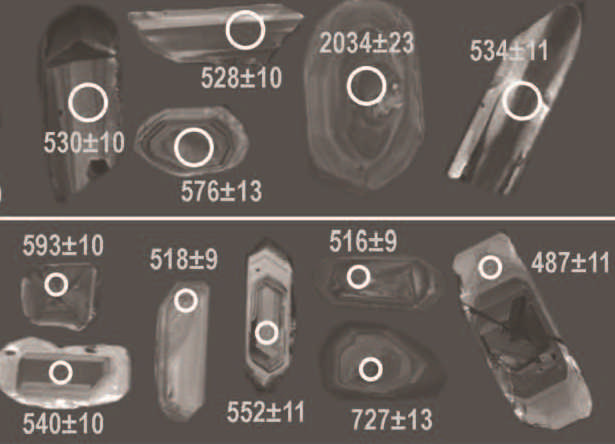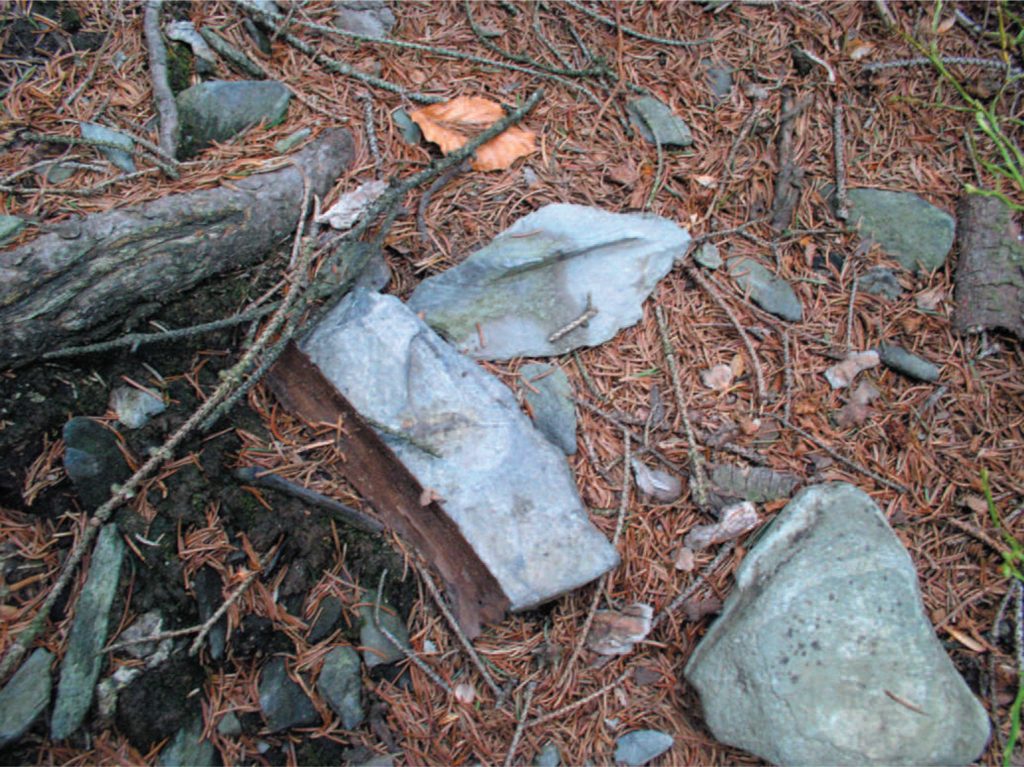Archean supercontinents: myth or reality?
The concept of the supercontinent cycle has revolutionized our views on how the Earth works by linking mantle dynamics, plate tectonics, and mantle-derived melting. During the Archean Eon, however, the presence and nature of supercontinents has been under vigorous debate. Yet, proving the presence or absence of Archean supercontinents may provide details on the onset of the supercontinent cycle, modern-style plate tectonics and changes of supercontinental cycles through time. We will pursue a multi-technique study combining elemental and isotopic (Hf–Nd–Pb–Si–O) data with tectonic and structural observations obtained for selected late Archean cratons. The obtained data will be used to reveal presence of continental collisional settings that might be correlative among the cratons and thus, provide an evidence for the existence of supercontinent(s). The gathered interpretations will then serve as a basis to develop a general model identifying the major mechanisms that were responsible for the formation of supercontinents during the Archean Eon.
Principal investigator: Lukáš Ackerman
Co-leader: Jiří Žák
Grantor: Czech Science Foundation
Duration: 2025-01 to 2027-12
Grant number: 25-16420S

Detrital zircon geochronology as a tool for interpreting terrane provenance
Detrital zircon U–Pb geochronology has been widely used, in many cases as the only available method, to interpret provenance of crustal fragments (terranes) displaced from the site of their origin and incorporated into younger orogenic belts. However, analysis of zircon age spectra may carry a significant bias that may result in large uncertainties in paleogeographic reconstrutions and geodynamic models. The project examines the validity of using detrital zircon ages as paleogeographic indicators through the use of advanced statistical methods such as multi-dimensional scaling (MDS), which, in turn, will be tested against independent constraints from Hf–Nd isotope geochemistry and paleomagnetism. Based on the example of the Avalonian–Cadomian terranes, now dispersed within the Caledonian, Variscan, and Alpine–Carpathian–Balkans orogenic belts, the project is directed towards derivation of a general model of how detrital zircon ages potentially record terrane displacements along or away of continental margins.
Principal investigator: Jiří Žák
Co-leader: Martin Svojtka
Grantor: Czech Science Foundation
Duration: 2023-01 to 2025-12
Grant number: 23-06708S

Metabasites of the Jizerské hory (Jizera Mountain) type as a trans-cultural link between Central European Prehistoric communities
Compared to siliceous rock, the non-siliceous rock of European prehistory has received little attention to date. And yet, the materials of polished tools represent a pan-European topic fostering international discussion. The core of the project focuses on the Early and Middle Neolithic environment in central Europe The focus of the project also permits a retrospective look into the period of the Upper Mesolithic and the continuity of use of a key material – metabasites of the Jizerské hory. A methodology of accurate non-destructive mineralogical and geochemical analysis has already been developed for the needs of the project, and attention was paid to this method in recent years. The results of a number of analyses can be compared to existing ethnographic distribution models. The project’s subject offers possibilities for international multidisciplinary cooperation.
Principal investigator: Pavel Burgert
Co-leader: Václav Kachlík
Grantor: Czech Science Foundation
Duration: 2023-01 to 2025-12
Grant number: 23-05334S

Magnetic fabric of accretionary wedge mélanges: a new tool for interpreting subduction zone dynamics?
Mélanges are lithotectonic units exhibiting a chaotic block-in-matrix fabric and containing blocks of contrasting provenance and composition that form by sedimentary, diapiric, or tectonic processes and occur in a variety of tectonic settings. Yet, they are most typical for active plate margins and especially for the subduction-accretion complexes. The main motivation of the proposed project is to address some of the outstanding current problems of mélange geology: (1) exploring quantitative criteria to distinguish sedimentary, diapiric, and tectonic mélanges; (2) deciphering strain histories from the often composite finite mélange fabric; (3) mechanisms of formation of the the so-called OPS mélanges, which form by disruption of Ocean Plate Stratigraphy (OPS) within accretionary wedges; (4) reconstructing material displacement paths within accretionary wedges during mélange formation; and, finally (5) interpreting the relationships between mélange types and their fabrics and subduction zone parameters such as slab dip, convergence angle and velocity. These issues will be thoroughly investigated via a multidisciplinary approach involving a combination of field work with analog experiments and quantitative methods (image analysis and anisotropy of magnetic susceptibility; AMS). For the purpose of the project, the Vardar suture zone in Serbia was selected as a world-class “natural laboratory” as it superbly exposes a wide range of mélange types in various structural positions.
Principal investigator: Tatiana Tkáčiková
Grantor: Charles University Grant Agency
Duration: 2023-01 to 2025-12
Grant number: 260923

Completed projects
2020-2023 Caldera volcanism of the European Variscan belt: insights from structure and rock-magnetism (funded by grant of the Charles University Grant Agency No. 354821 to Petr Vitouš)
2020-2023 Cherts and carbonates as geochemical proxies of paleoenvironmental conditions and Ocean Plate Stratigraphy (funded by grant of the Czech Science Foundation No. 20-13644S to Lukáš Ackerman, co-leaders Jiří Žák and Jan Pašava)
2020-2022 The role of tectonic inheritance in continental rifting and basin inversion (funded by grant of the Charles University Grant Agency No. 952220 to Reza Syahputra)
2020-2022 Magnetic petrofabrics (AARM and AMS) as a tool for understanding of activity and evolution of calderas (funded by grant of the Charles University Grant Agency No. 124320 to Irena Olšanská)
2019–2022 Late Archean granites: markers of modern-style plate tectonics? (funded by grant of the Czech Science Foundation No. 19-08066S to Jiří Žák, co-leader Martin Svojtka)
2017–2019 Black shale formations as geochemical markers of paleoenvironmental changes and tectonic setting along active continental margins (funded by grant of the Czech Science Foundation No. 17-15700S to Lukáš Ackermann, co-leader Jiří Žák)
2016–2018 Sedimentary record and mechanics of collapse of orogenic belts (funded by grant of the Czech Science Foundation No. 16-11500S to Jiří Žák, co-leader Petr Kabele)
2014–2016 Dynamics of Precambrian accretionary wedges and mélanges (funded by grant of the Czech Science Foundation No. P210/14/10589P to Jaroslava Hajná)
2012–2014 Calderas as indicators of thermal-mechanical evolution of subvolcanic magma chambers (funded by grant of the Czech Science Foundation No. GAP210/12/1385 to Jiží Žák, co-leader Petr Kabele)